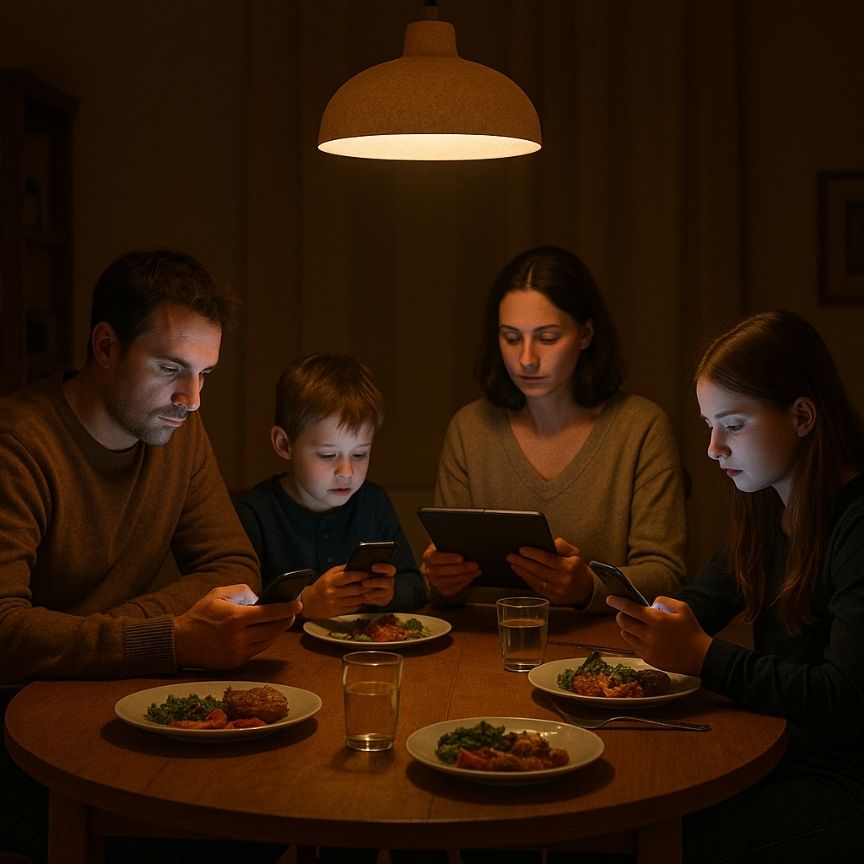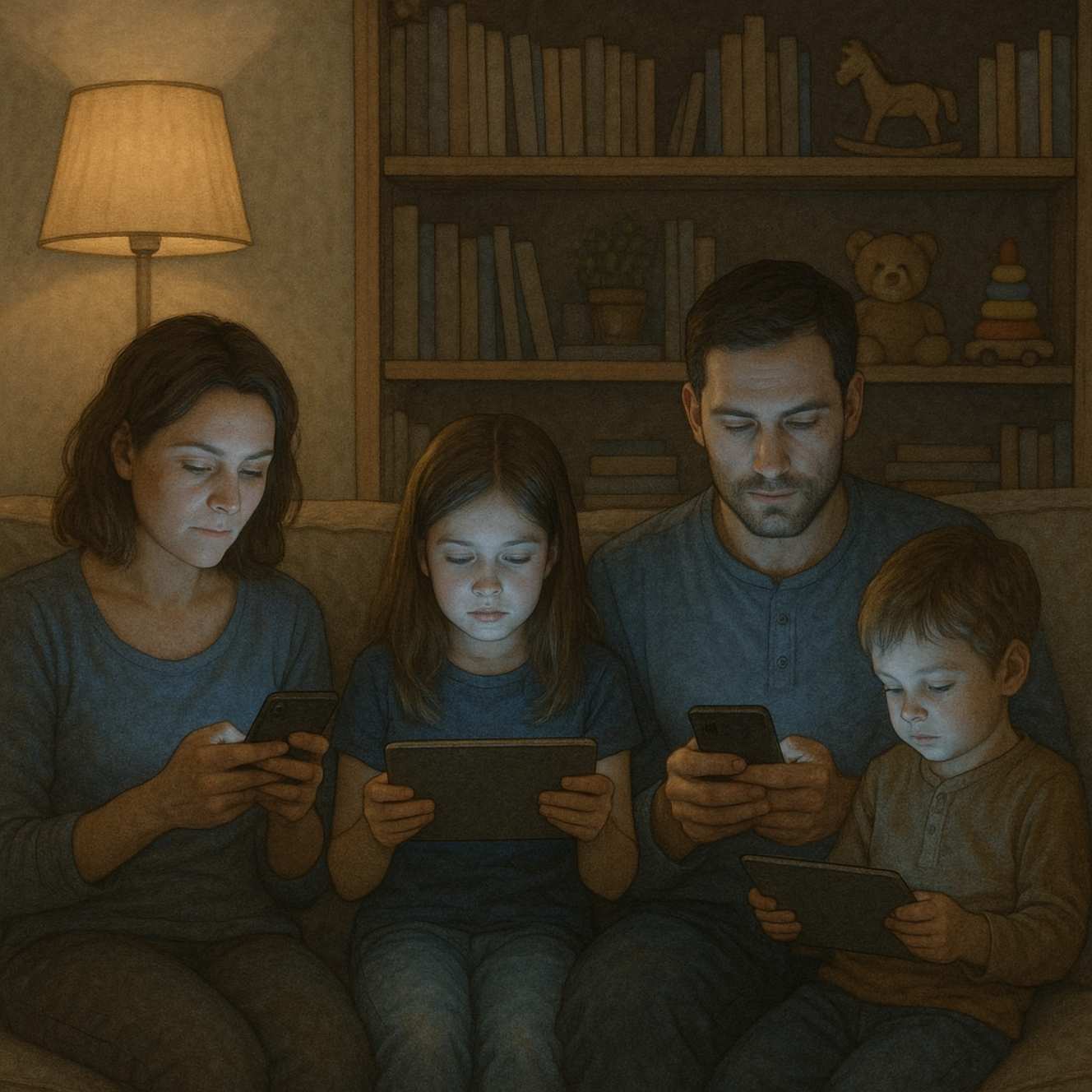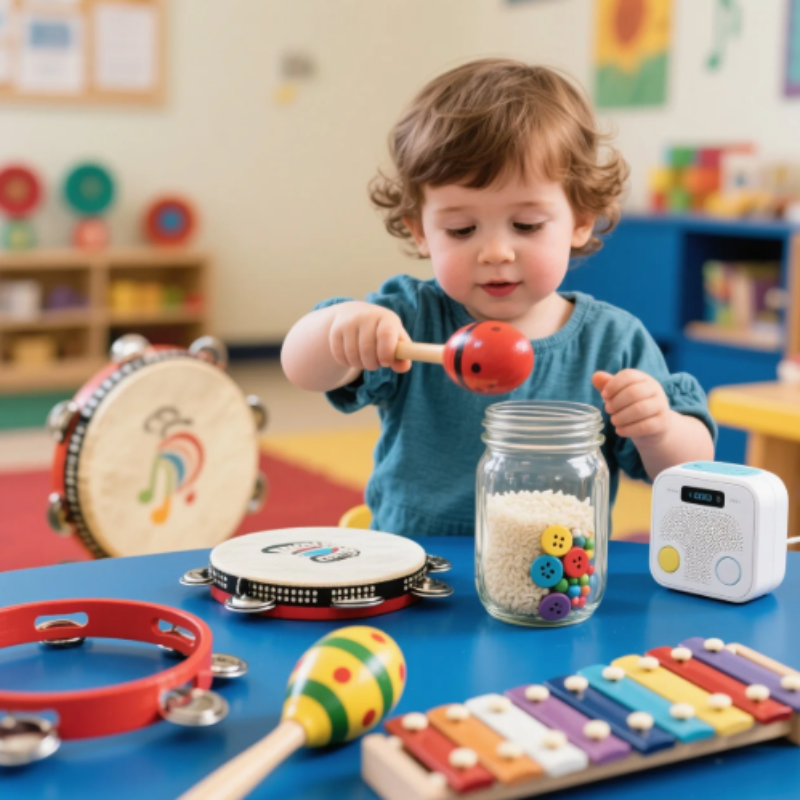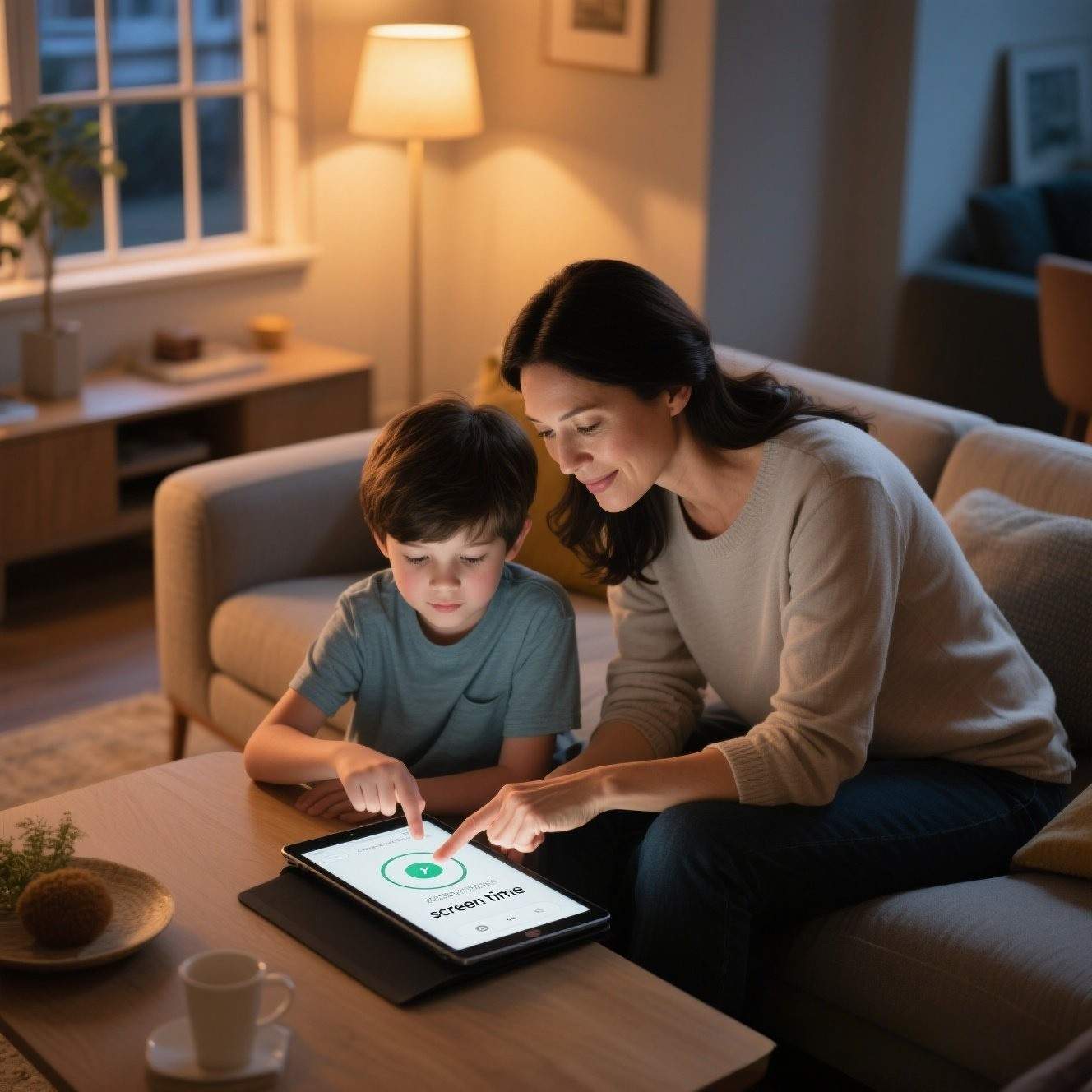Introduction
Screens now bookend most families’ days—from the phone that wakes us up to the streaming show that winds us down. Laptops sit open on the kitchen counter for remote work, tablets follow toddlers into the car seat, and smartphones buzz with classroom chats long after the bell rings. While devices knit us to information and loved ones, many parents sense a tipping point: the moment convenience mutates into concern. Recent caregiver surveys trace a sharp rise in worries over tantrums when tablets turn off, sleep that starts later than it should, and dinner conversations cut short by notifications. This article unpacks the layered effects of excessive screen use on children’s emotional health, cognitive growth, physical well‑being, and family dynamics, then offers practical strategies for restoring balance.
The Emotional Impact on Children
For younger kids, a colorful app can feel as riveting as a roller‑coaster, but constant thrills come with a price: heightened irritability when stimulation stops. Studies show that children who switch quickly between games and shows may struggle to tolerate boredom or routine tasks, leading to sudden mood swings when the Wi‑Fi stutters or the tablet battery dies. Screen time can also act like an emotional pacifier, dampening natural opportunities to practice frustration tolerance—those small everyday moments when a block tower falls or a sibling borrows a toy. Overreliance on digital distraction means fewer chances to label feelings, negotiate solutions, and bounce back after disappointment. Finally, time spent staring at pixels can crowd out face‑to‑face interaction, the crucible where empathy is forged. Without frequent eye contact and shared play, kids may find it harder to read subtle expressions or gauge how words land on another person’s heart.

Cognitive and Developmental Concerns
Early childhood is a prime season for wiring language circuits, yet passive video viewing rarely offers the responsive back‑and‑forth conversation that growing brains crave. Research links heavy screen exposure before age three to delayed expressive speech and narrower vocabularies compared with peers who engage in more live dialogue and hands‑on exploration. As children reach school age, multitasking across apps and tabs can fragment attention; rapid scene cuts teach the mind to expect constant novelty, making a single‑subject lesson feel sluggish by comparison. Overstimulation also taxes working memory: when bright alerts tug focus away every twenty seconds, new facts never fully consolidate into long‑term storage. The result surfaces in classrooms as restless shifting, missed instructions, and difficulty recalling what seemed clear the night before. In adolescents, endless scrolling may shift study habits toward superficial skimming, reducing the deep concentration required for problem‑solving and creativity.

Physical Health Side Effects
Eyes evolved for horizon distances, not six‑inch focal points, so hours of close‑up glare invite digital eye strain. Symptoms include dryness from reduced blinking, headaches, and blurred vision that lingers after devices switch off. At the same time, prolonged sitting over a phone curls shoulders forward and cranes the neck, a posture sometimes nicknamed “tech neck.” Pediatric physiotherapists report rising cases of upper‑back tightness and early spinal curvature previously seen mainly in adult office workers. Blue‑enriched light emitted by screens poses another challenge by signaling the brain to stay alert; bedtime apps can delay melatonin release by up to an hour, pushing sleep past its ideal window and fracturing REM cycles. Chronic sleep debt hampers immune function, mood regulation, and even appetite cues, creating a domino effect on daily health.

Behavioral and Social Disconnection
Like any highly rewarding activity, digital media can foster dependency. Children accustomed to instant taps of entertainment may display withdrawal‑style behaviors—restlessness, anger, or persistent pleading—when parents set limits. Over time, intrinsic motivation for offline activities fades; playgrounds, art supplies, and even friendships feel dull beside the endless novelty loop crafted by recommendation algorithms. Family cohesion also takes a hit when devices accompany every meal or car ride. Micro‑moments that once sparked jokes, empathy, or gentle guidance slip by unheard, replaced by parallel scrolling. Siblings who might collaborate on building forts instead compete for charger space, while parents juggling work emails struggle to model attentive listening. The household mood can shift from connected to co‑located: bodies share a room, but minds wander separate digital highways.

Solutions for Healthier Screen Habits
Start by carving out clear boundaries. Tech‑free zones—bedrooms, dining areas, and the first hour after school—signal that certain spaces favor conversation and rest. The American Academy of Pediatrics suggests flexible daily limits tailored to age: for preschoolers, one hour of high‑quality programming co‑viewed with an adult; for older children, consistent windows that leave ample room for homework, exercise, and unstructured play.
Alternative activities work best when they feel genuinely engaging, not punitive. Keep a small “boredom basket” of puzzles, sketchpads, and STEM kits within easy reach; rotate items weekly to maintain novelty. Schedule outdoor adventures—bike rides, neighborhood scavenger hunts, backyard gardening—so movement competes on equal footing with Minecraft marathons. Classic board games double as social skill laboratories: taking turns, coping with loss, and experiencing the slow build of anticipation that fast media often shortcuts.
Crucially, children notice hypocrisy. When parents doom‑scroll news at the playground, any lecture on limits rings hollow. Model mindful use by silencing notifications during family time, parking phones to charge overnight outside the bedroom, and narrating your own media choices (“I’m checking the weather so we can decide on coats”). Shared screen rituals help too: a Friday movie night with popcorn transforms isolated viewing into a communal event, complete with post‑film discussion.
Finally, keep the dialogue open. Rather than framing limits as punishment, explain the “why” in concrete terms children grasp: better sleep for tomorrow’s field trip, stronger eyes for reading comic books, more time to master that skateboard trick. Invite kids to help draft a family media plan displayed on the fridge, revisiting it each season as schedules change. Consistency breeds confidence; when children know what to expect, resistance often softens.

Conclusion
Excessive screen time ripples across emotional resilience, cognitive growth, physical health, and household harmony. While devices remain indispensable for learning and connection, their benefits dim when scrolling eclipses sleeping, playing, and talking. By setting thoughtful boundaries, modeling intentional use, and offering compelling offline alternatives, parents can turn screens from silent saboteurs into balanced tools. The path to healthy digital habits is rarely perfect, but small, consistent choices—one meal without phones, one extra chapter read aloud, one evening walk—add up. Stay observant, stay flexible, and keep the conversation alive; your child’s well‑being brightens with every mindful tap of the power button.






